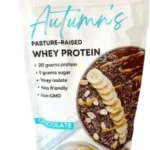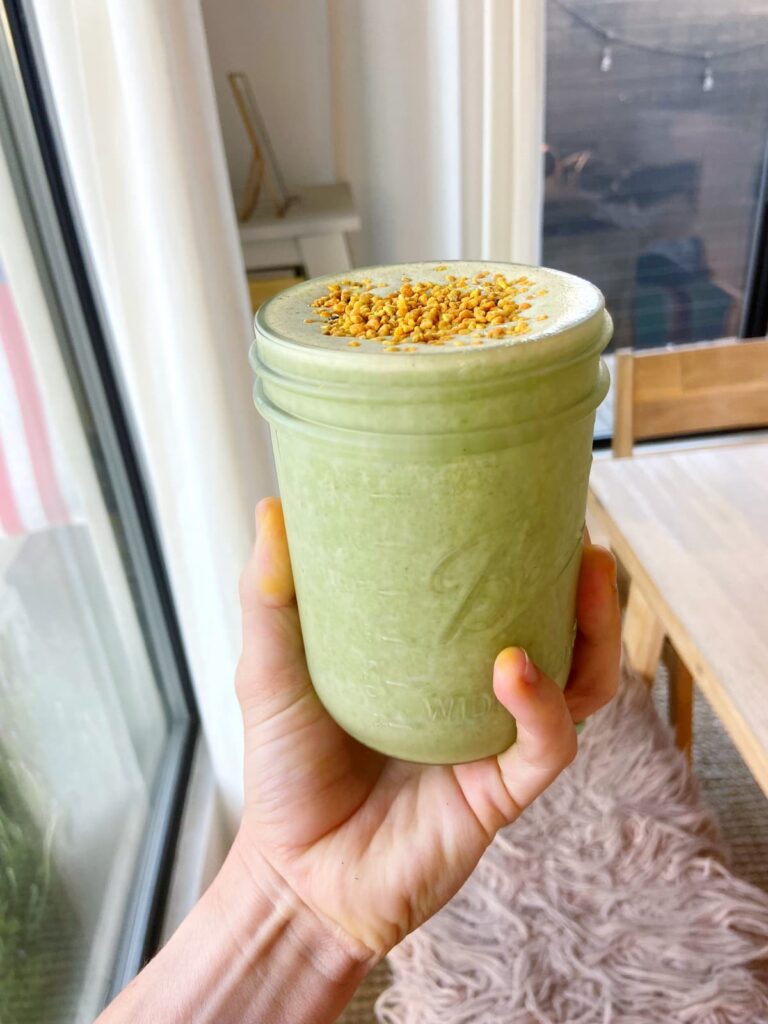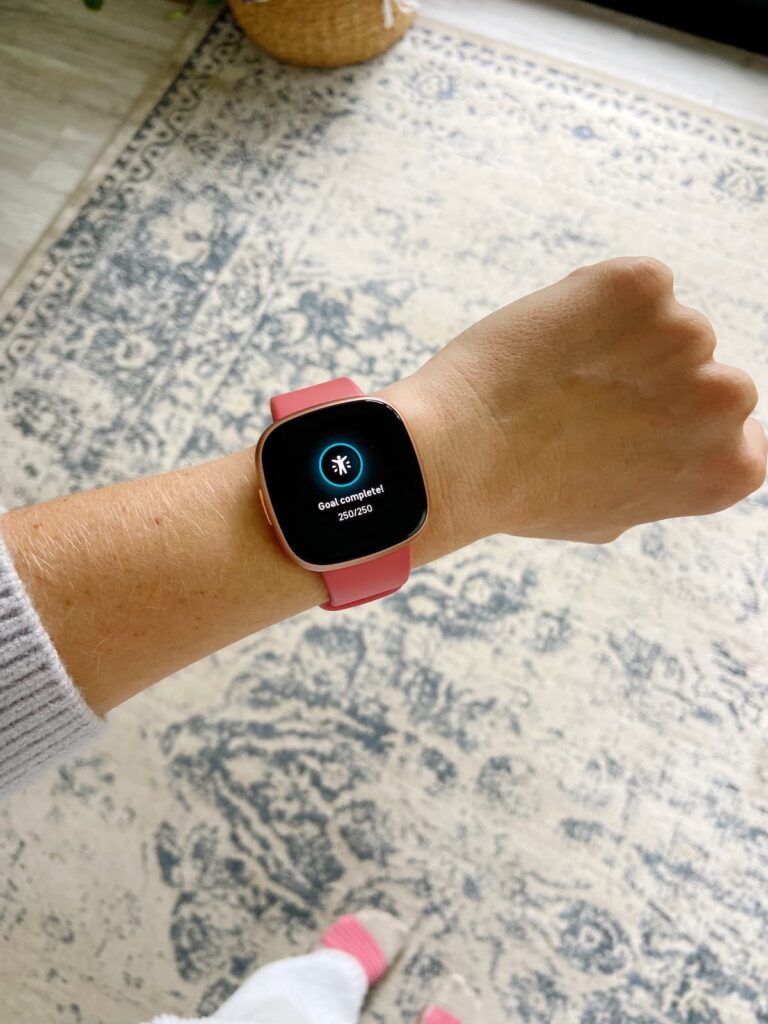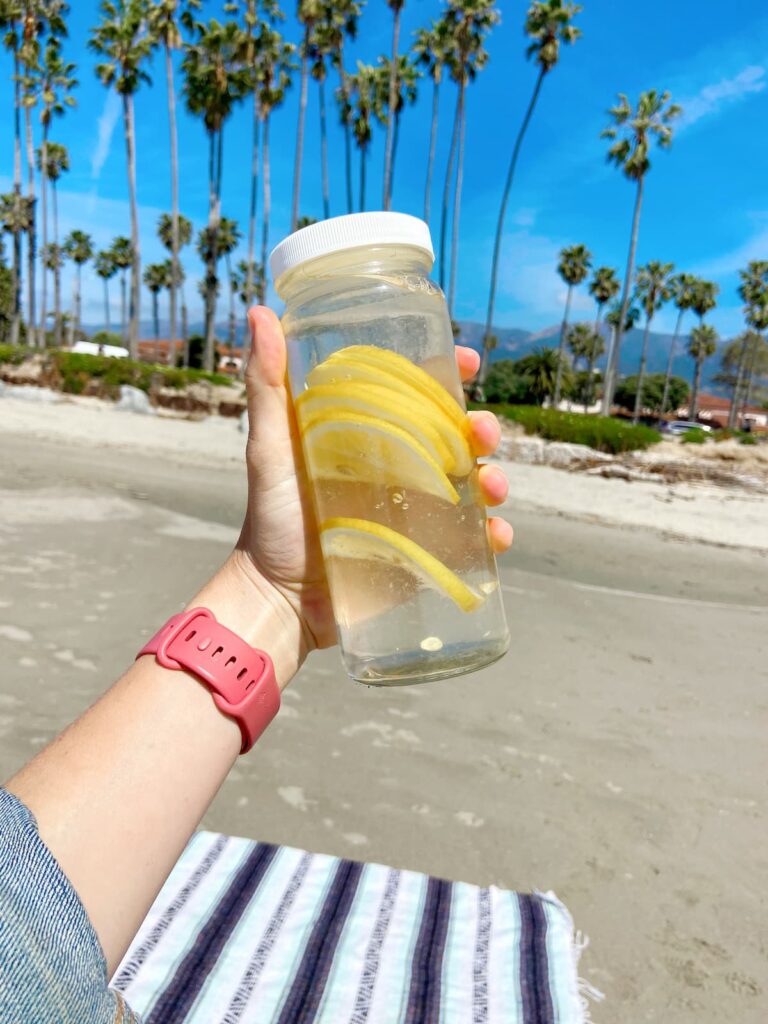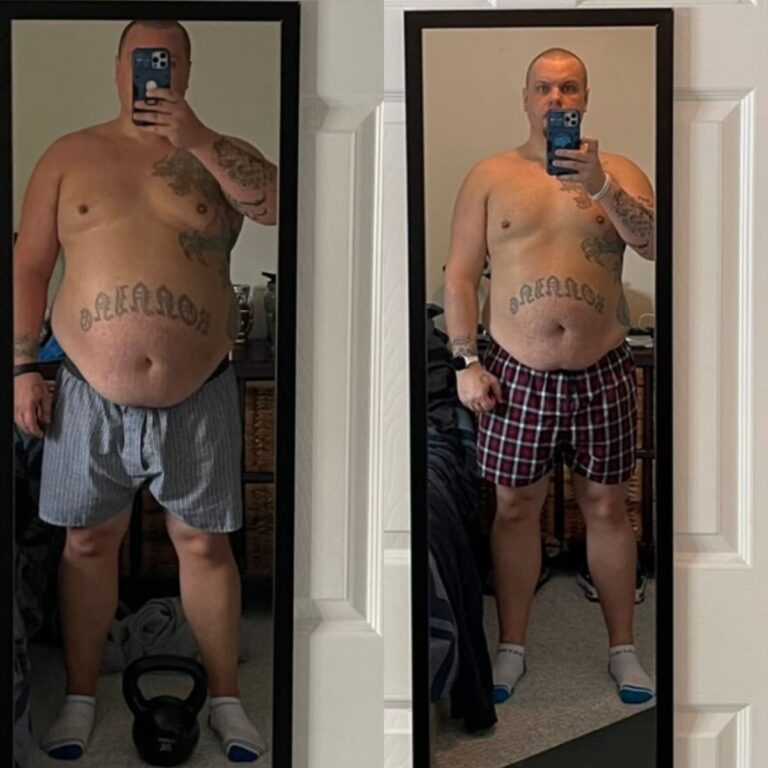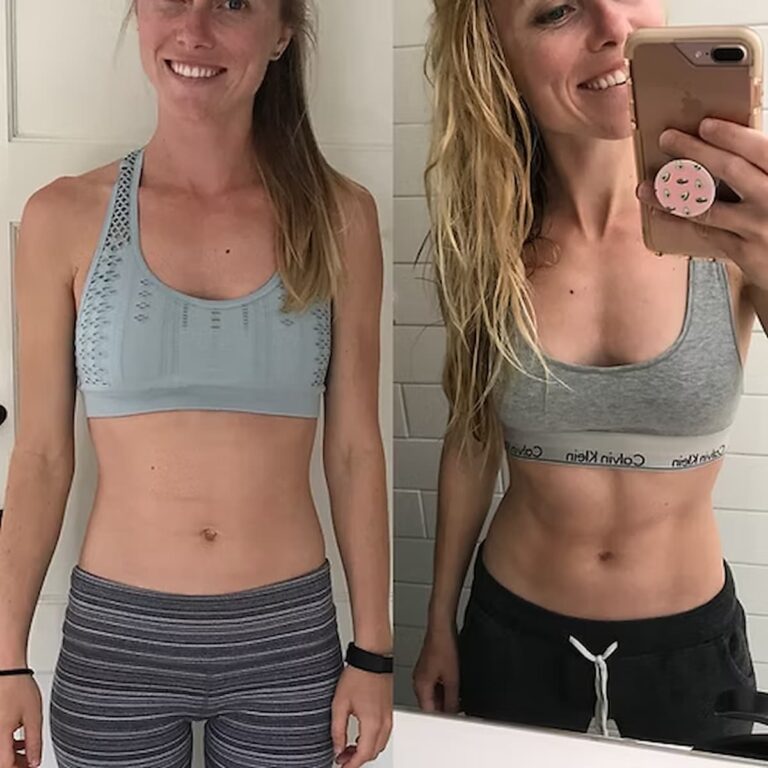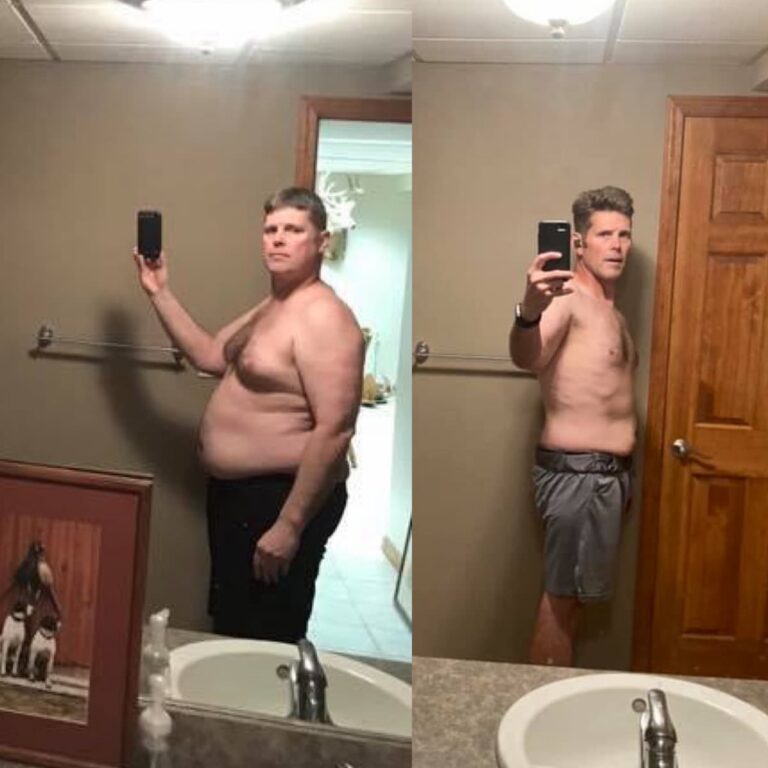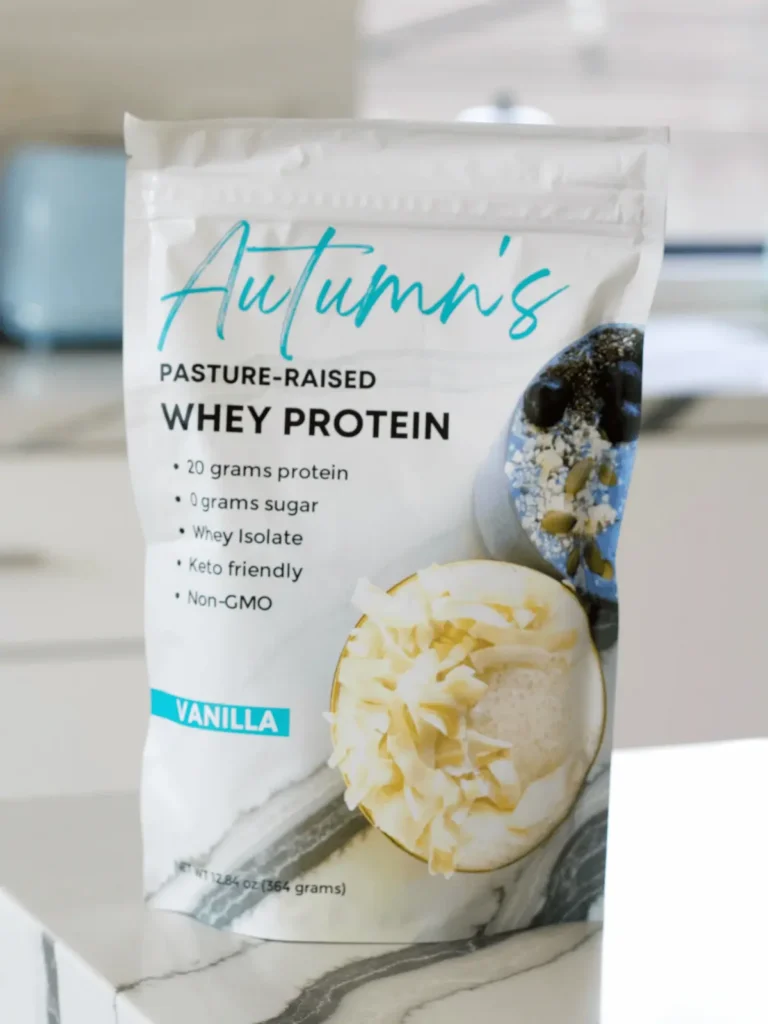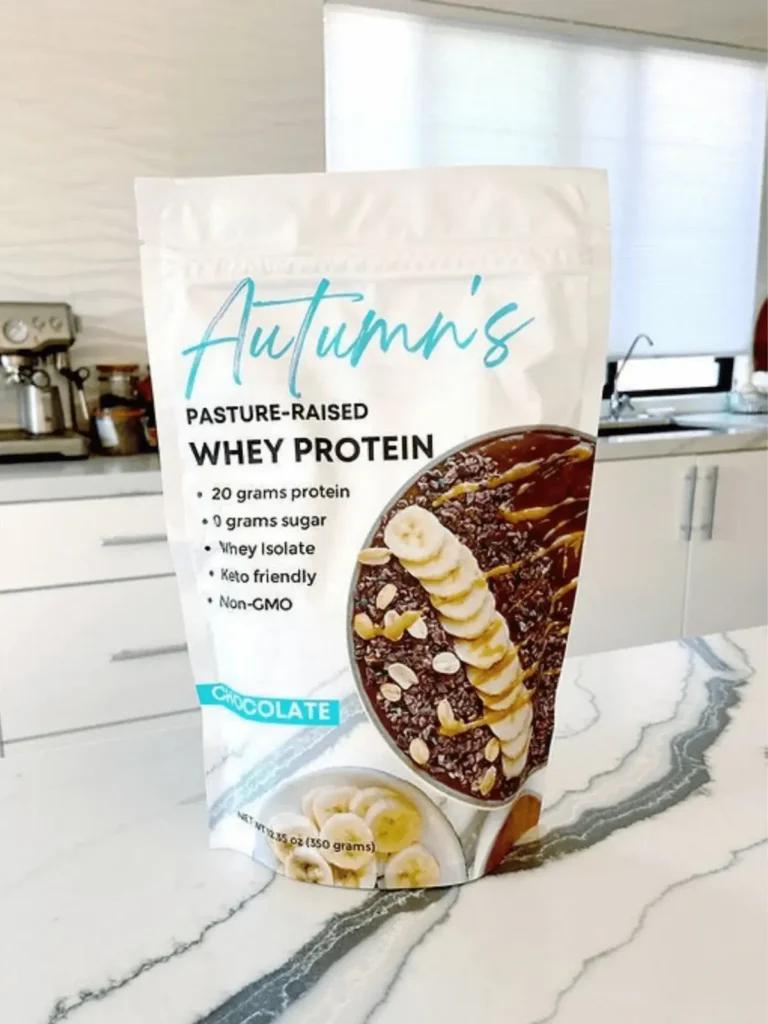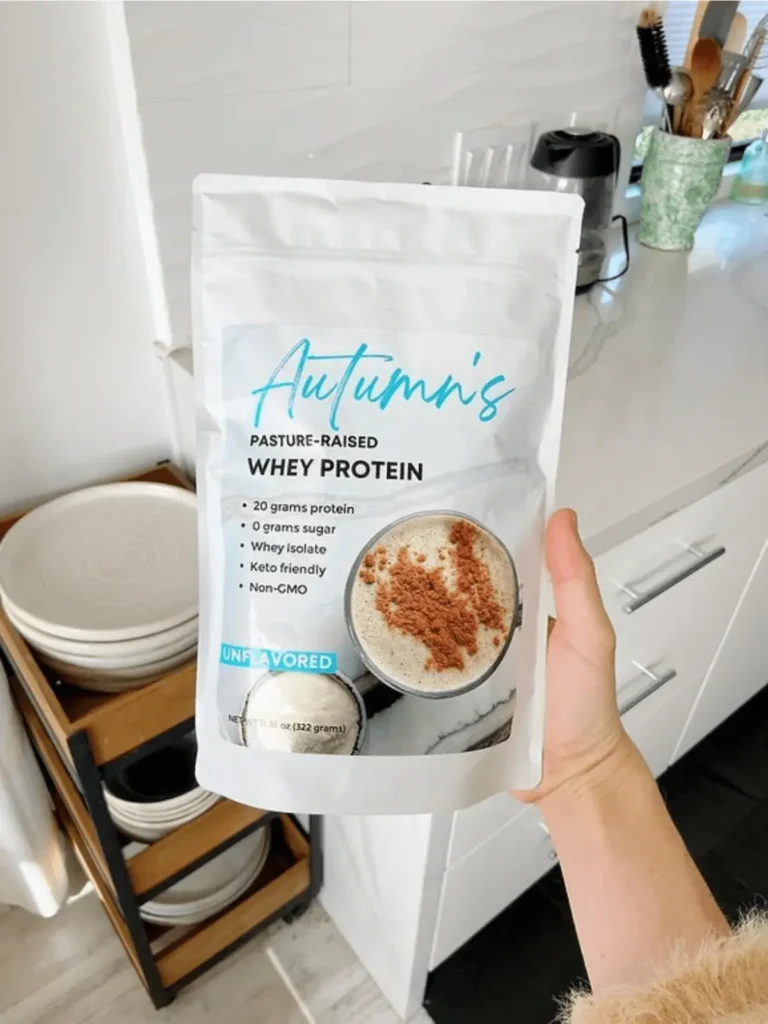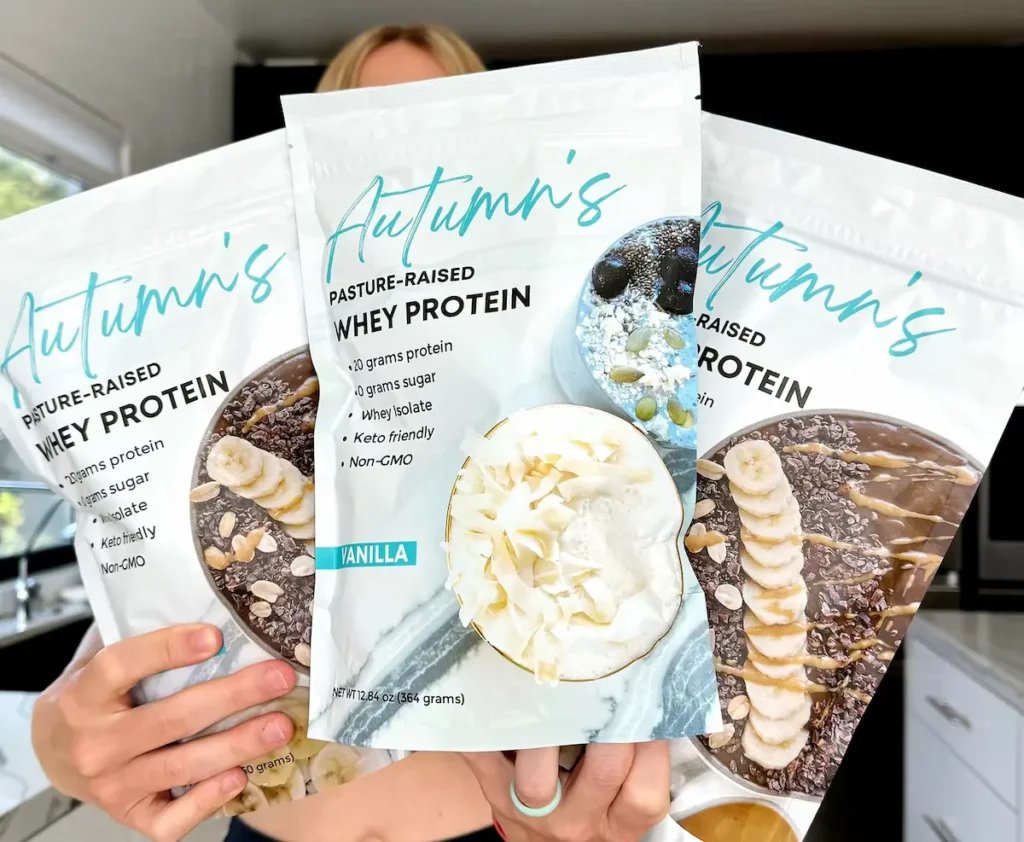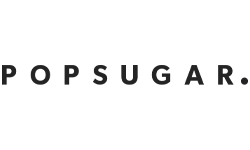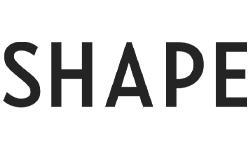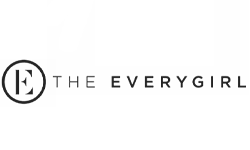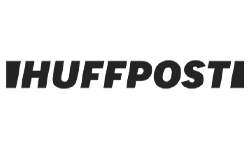Just because you’re fasting for Ramadan it does not mean you’ll lose weight. These are 3 simple tips to help you burn fat during Ramadan.
Ramadan Fasting vs. Intermittent Fasting
We discuss Intermittent Fasting quite a bit on my blog and YouTube Channel. But Ramadan Fasting and Intermittent Fasting have many similarities. Both incorporate daily fasts with daily “eating windows”. Ramadan Fasting is a bit different from Intermittent Fasting in two main ways:
- During the fast, you’re supposed to abstain from all food and liquids — including water. With Intermittent Fasting that we discuss in the Complete Intermittent Fasting Bundle, you can incorporate coffee, tea, water, electrolytes, most supplements and even Keto Coffee/Tea during the fast.
- The fasting window with Ramadan is from dawn to dusk. This means all meals must be eaten after dusk and before dawn. With Intermittent Fasting, you can choose from a variety of fasting lengths and times that best fit your schedule and goals.
Pssst – curious how long you should fast for your goals? Take my free Intermittent Fasting schedule!
I personally do not practice Ramadan Fasting, however I work with clients and AENpeeps who practice Ramadan Fasting for their faith. From my experience of working with clients, there are three main important factors to consider so that you can balance your weight loss goal with your Ramadan Fast.
Checkout my 3 Ramadan Fasting tips for weight loss below!
3 Genius Ramadan Fasting Tips For Weight Loss
Below are a few things to consider while using Ramadan Fasting to help you achieve your weight loss and wellness goals.
1. Consider OMAD (One Meal A Day)
Although I am not typically a fan of OMAD, it might be merited in the case of Ramadan Fasting. With Ramadan Fasting, the eating window is from dusk to dawn. This means you can eat in the evening and very early in the morning the next day.
From my experience with clients following Ramadan Fasting, hunger levels can remain very high throughout the day when a meal is eaten first thing in the morning. This is because during a fasted state the body is naturally getting a stable source of energy in the form of body fat. This increased fat burning can act as a natural appetite suppressant. However, once a meal is eaten (such as a pre-dawn meal), this can cause insulin (the storing hormone) to elevate, which can trigger feelings of hunger earlier in the day.
Using an OMAD (“one meal a day”) approach and properly loading that one meal with nutrient rich foods can help you feel more satisfied during the fasting window the next day.
Which brings me to my second point…
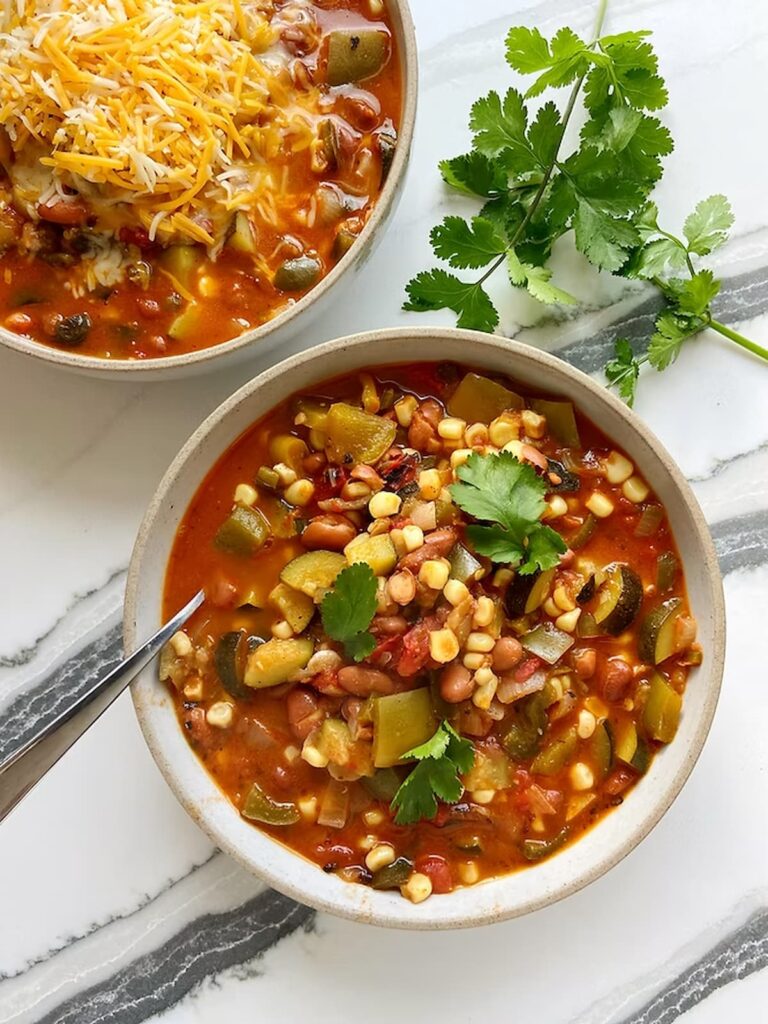
2. Get Enough Protein During Your Meal
Protein is the most important factor when it comes to satiety and maintaining muscle mass during a weight loss journey.(1) Therefore it’s important to understand how much protein you need in a day and make sure you eat all of that protein during your meal.
Related: Free Protein Calculator
This can amount to quite a bit of protein at one meal. For example, if you calculate that you need about 90 grams of protein per day, this would equate to about 12.5 ounces of fish or 10.5 ounces of chicken at one meal. However, this protein focus can help to boost satiety, prevent hunger and maintain muscle mass throughout the weight loss journey.(1)
Focusing on high quality sources of protein can help to further boost satiety. Check out the protein lists within the Complete Intermittent Fasting Bundle for best sources of protein. While adjusting your meals, remember to increase your protein serving to account for your total protein needs for that day.
Related: Free Protein-Packed Vanilla Peanut Butter Smoothie Recipe!
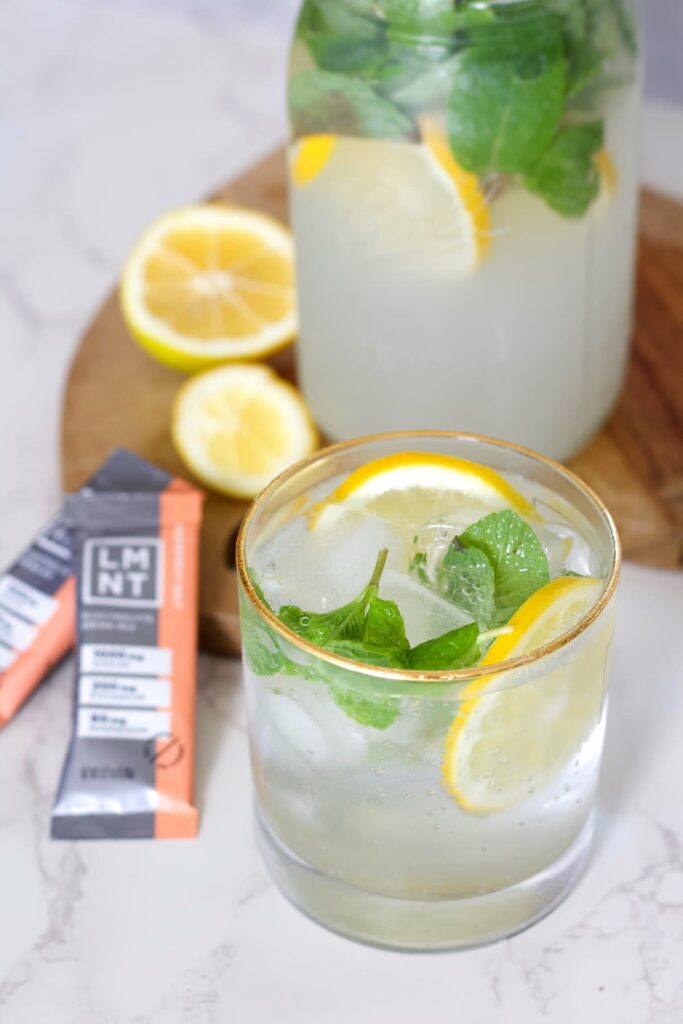
3. Front Load Electrolytes and Water
Drinking all of your water just at night can lead to multiple trips to the bathroom while you’re trying to sleep. You can help split up your water and electrolyte requirements by front loading your water and electrolyte intake to the morning, before dawn. I love using Celtic Sea Salt, Himalayan Pink Salt and LMNT to help balance electrolyte levels.
You still want to make sure to drink water in the evening as well, but focusing on front loading water intake before dawn can help to alleviate some of the nighttime trips to the restroom.
If you’re following a Ramadan Fast this year, remember to let your doctor know. Some medications need to be taken with or near food, so it’s important to make these adjustments with your doctor in advance.
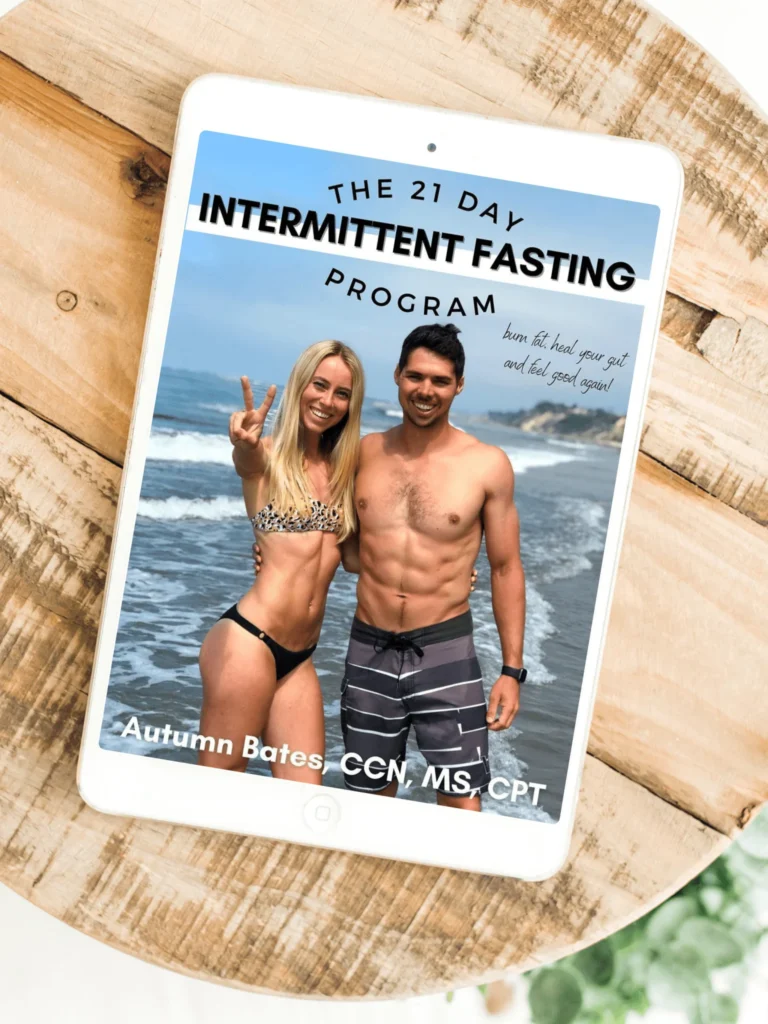
Tap into fat burning
The 21 Day Intermittent Fasting Program
The 21 Day Intermittent Fasting Program provides step-by-step strategies to help you use Intermittent Fasting with delicious, protein-packed meals to support fat loss, reduce hunger, and boost gut health.
